The most formal suit a man of the 1920s might own consisted of a black or midnight-blue worsted swallow-tailed coat (“tails”), trimmed with satin, and a pair of matching trousers, trimmed down the sides with the braid or satin ribbon. These were worn with a white, waist-length linen or piqué vest over a starched white dress shirt. Dress shirts had buttonholes on both sides of the front opening, but no buttons. Men kept their shirts closed by threading removable buttons, called studs, between each set of corresponding buttonholes. A stiff, detachable collar attached to the shirt with collar buttons, and cufflinks fastened the French-style cuffs. A white bow tie, black silk top hat, white gloves, patent leather oxford shoes, spats, a white silk handkerchief, and a white flower butonnière completed the outfit. (1)
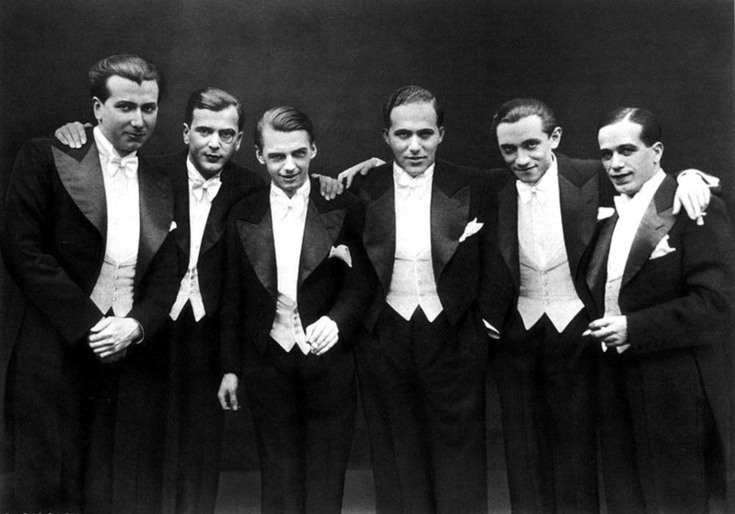
Such a formal outfit, or “full dress”, as it was known, would have been appropriate for only the most important occasions, such as balls, large formal dinners, evening weddings, and opera performances. Not surprisingly, only wealthier gentlemen could have afforded – or would have needed – such a suit. (1)
A gentleman’s semi-formal suit, called a tuxedo, could have been worn to nearly every evening engagement. Like a full-dress suit, a tuxedo was made of black or dark blue worsted material, but the tuxedo jacket had not tails and the tuxedo pants were trimmed, if at all, in very narrow braid or ribbon. The tuxedo vest could be black or white, but, unlike the obligatory full-dress white tie,tuxedo ties were always black. In fact, just as today, party invitations that indicated that affair was “black tie” meant that men were expected to wear tuxedos. Men usually completed their tuxedo outfit with all the same accessories as the full-dress suit, except that instead of top hats they would wear a dark, dome-shaped hats called bowlers.
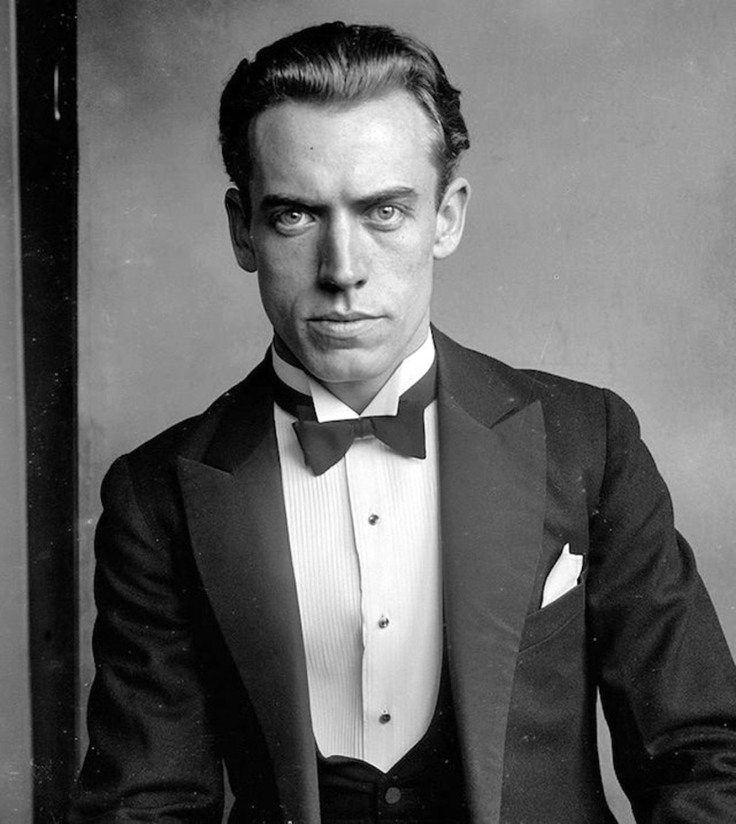
Tuxedos were appropriate attire at the theatre, small dinner parties, entertaining in the home, and dining in a restaurant.
A standard, conservative business suit in the 1920s consisted of a jacket, trousers and a vest and was sold in not just black but any number of shades of grey, tan , brown, blue, or green. Instead of a bow-tie, one would wear an ascot or a “regular” four-in-hand, which was a long necktie tied in a slipknot with one end hanging in front of the other. At the beginning of the decade, men’s business suits fitted relatively snugly, often with a jacket that tapered at the waist, but in later years the silhouette of business suits relaxed considerably and jackets became longer and roomier, with a less defined waist.

Trousers had cuffs, front creases, and button or hook-and-eye flies throughout the 1920s (zippers were not widely used on trousers flies until the 1930s). Professional men wore business suits to work, obviously, but also to other daytime occasions, including theatre matinees and church services. (1)
Source:
(1)The 1920s (American Popular Culture Through History) by Kathleen Drowne and Patrick Huber, 2004

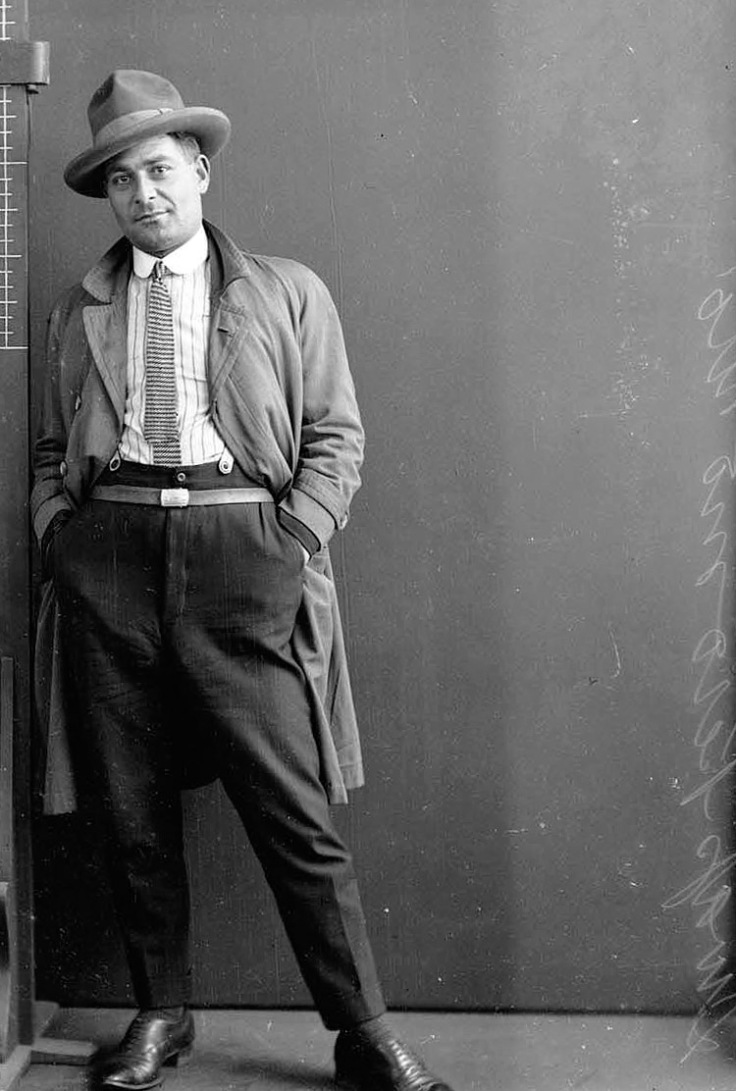

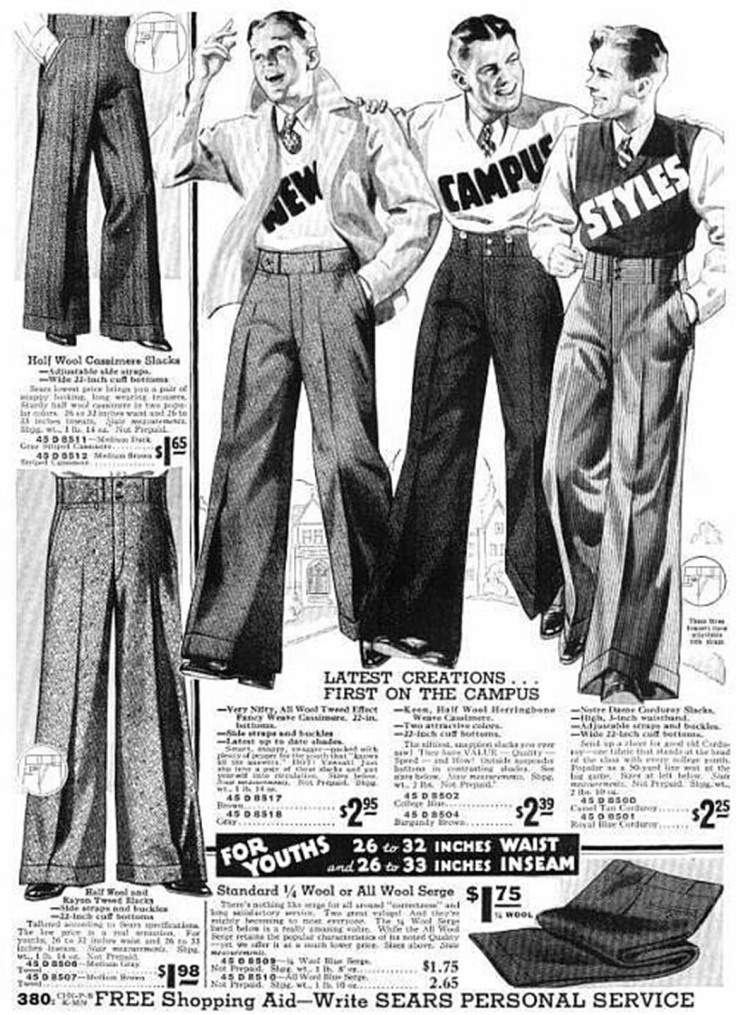


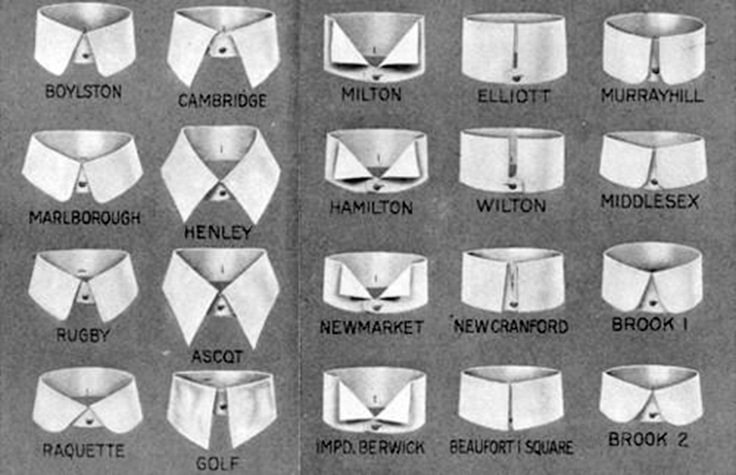
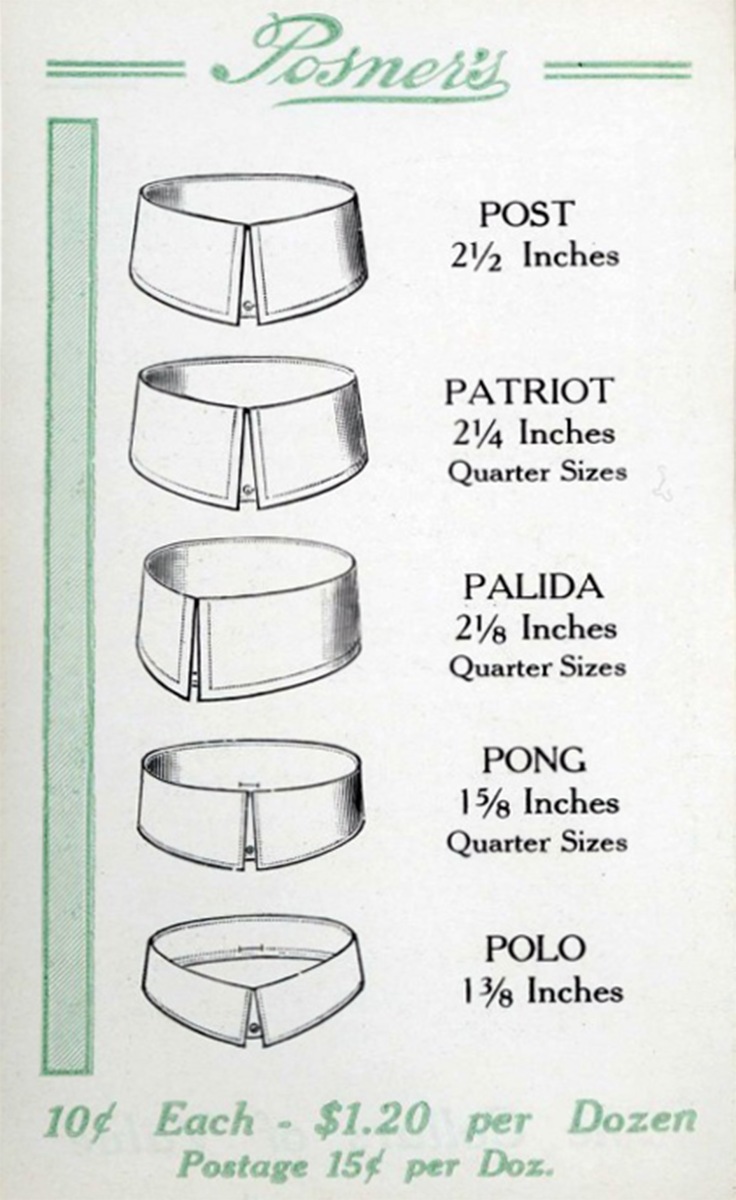
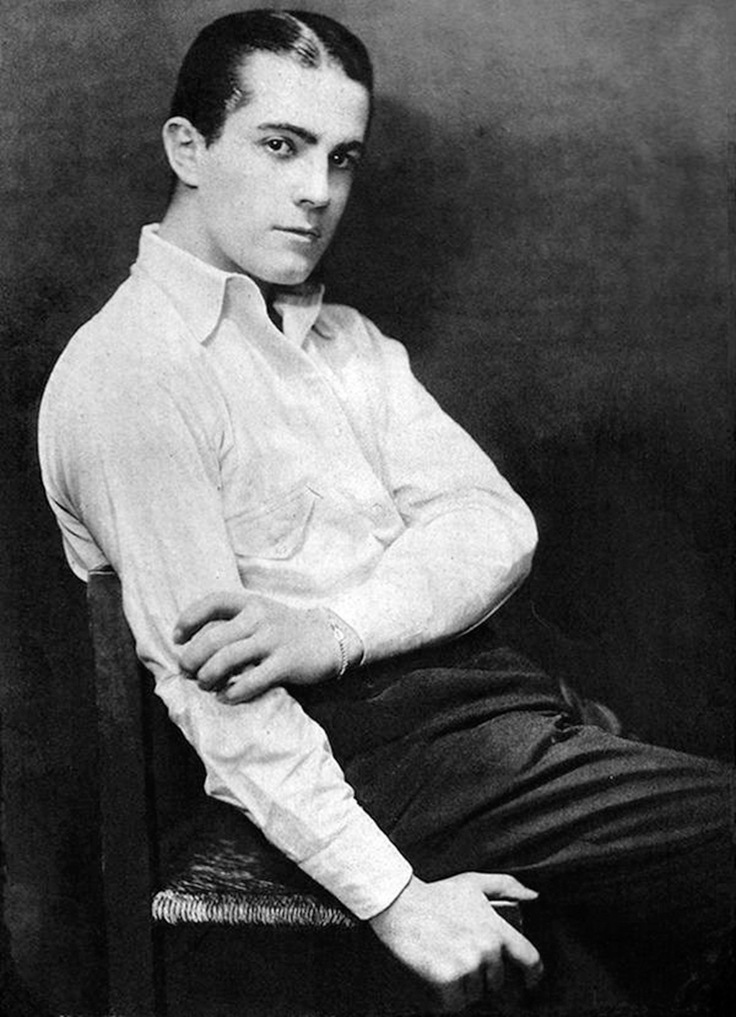





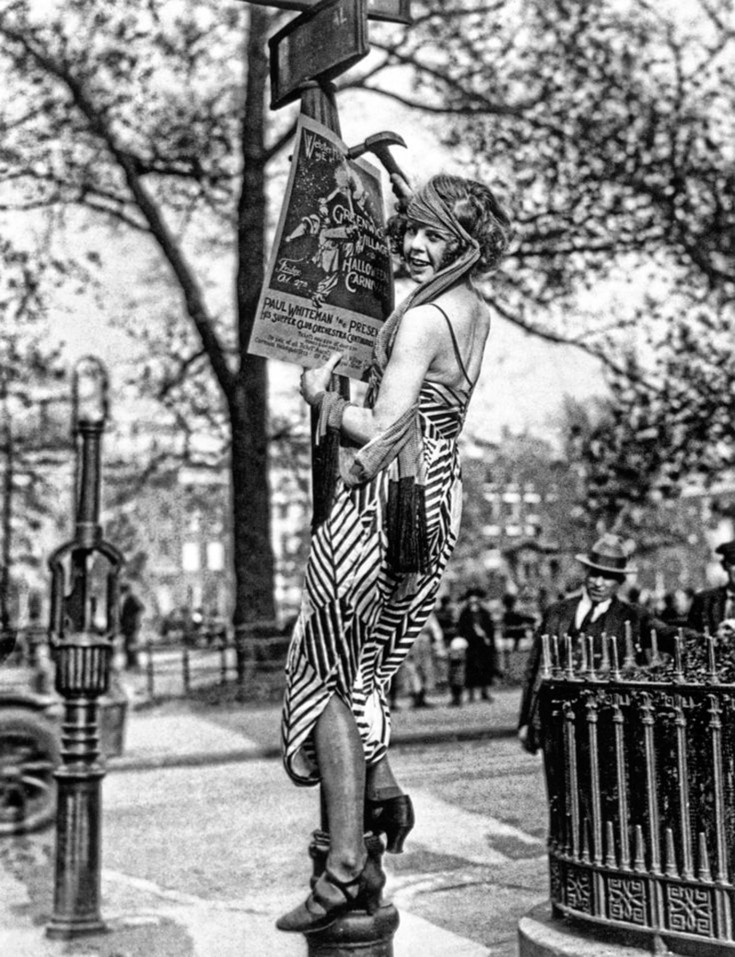




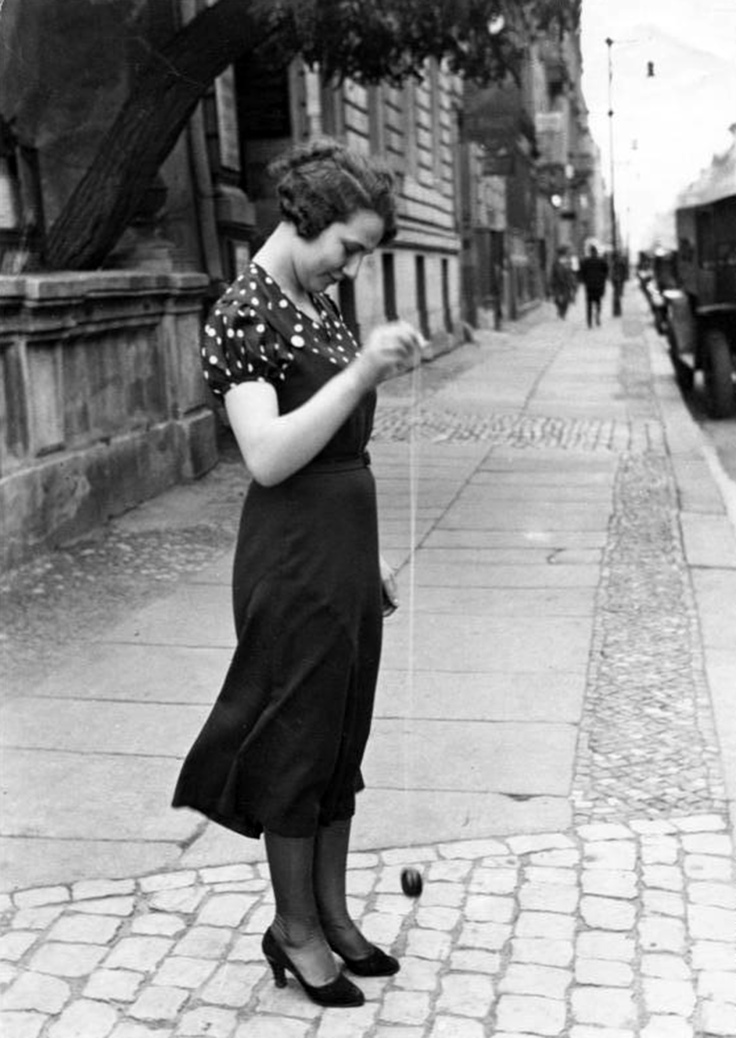


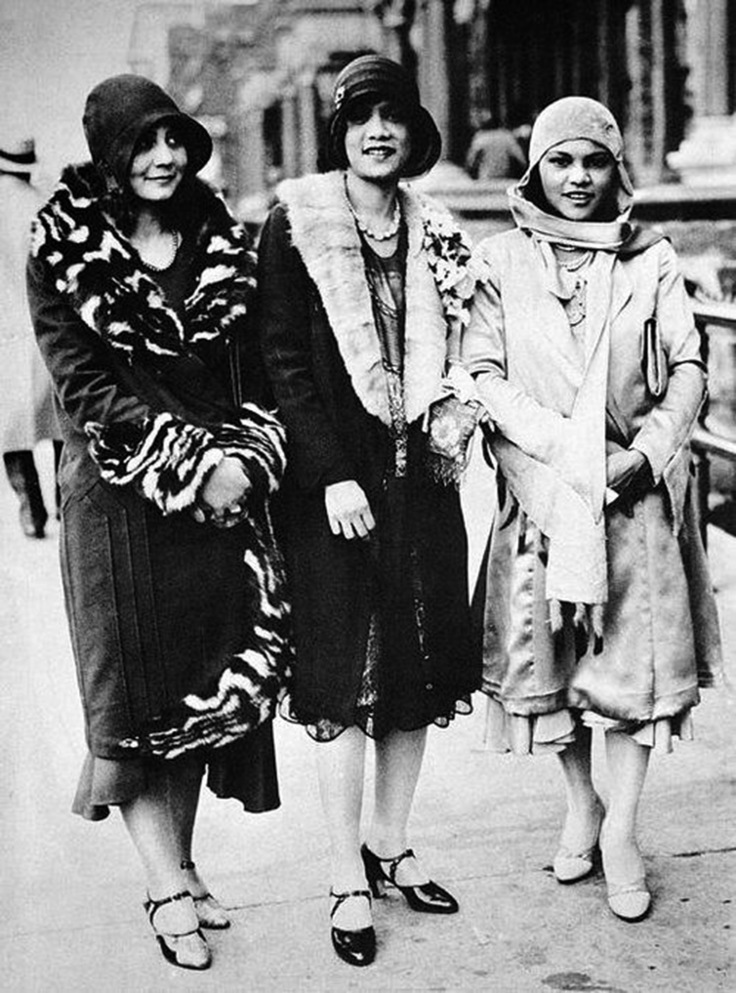
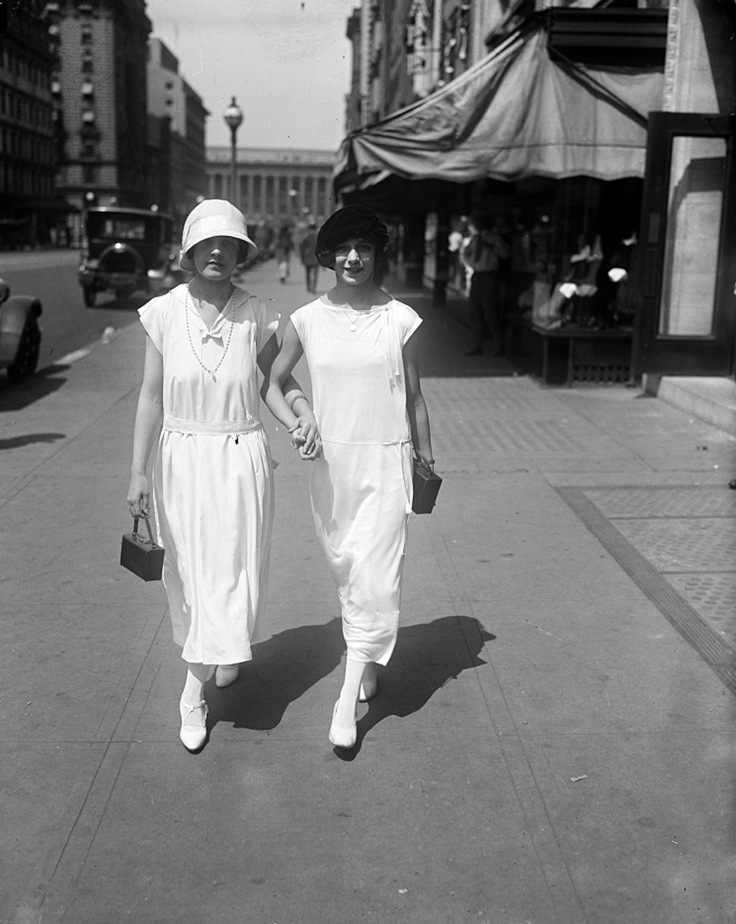
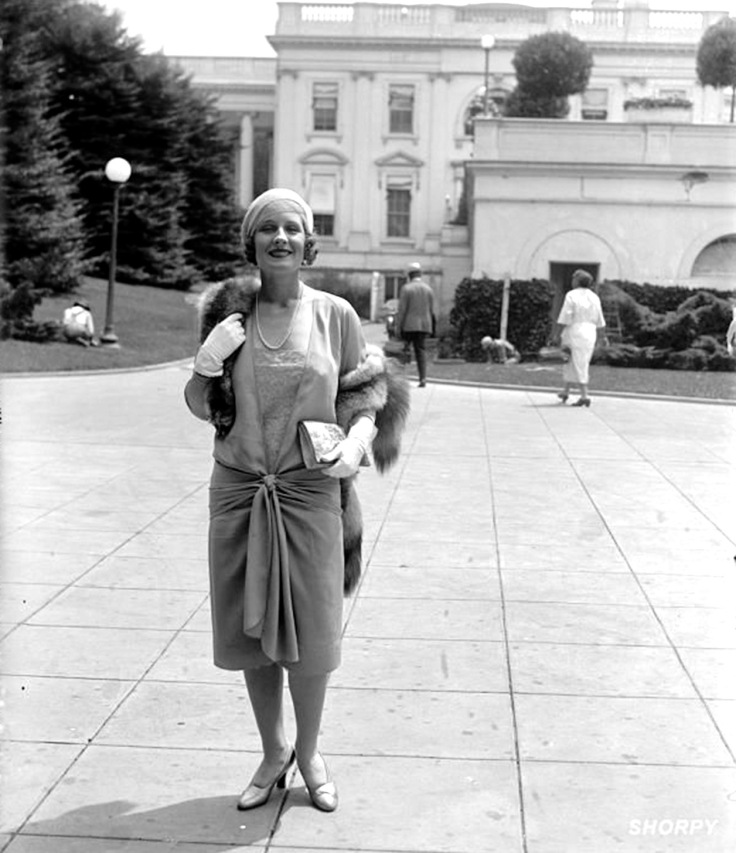
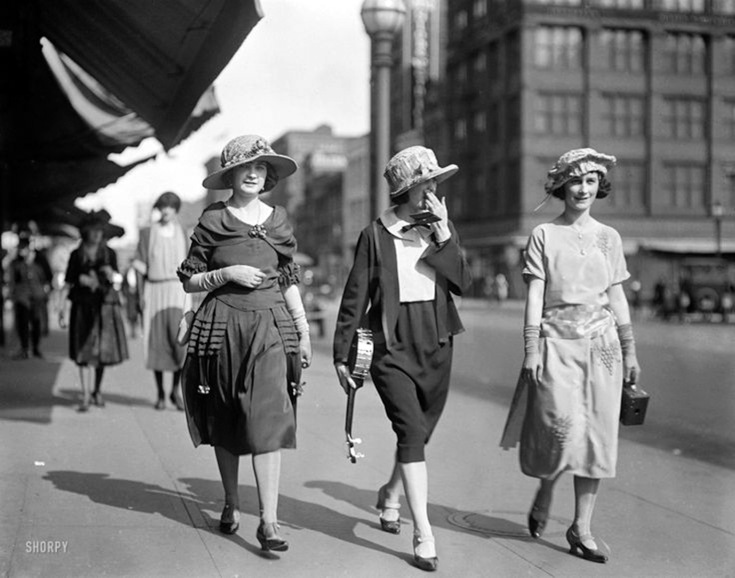

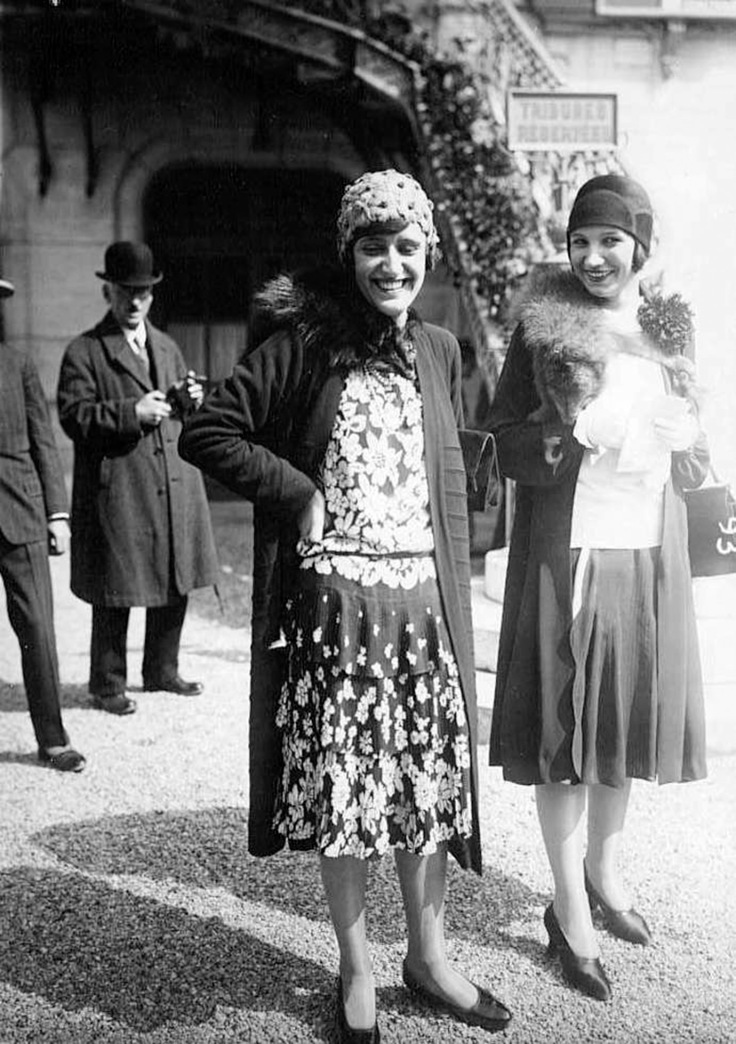


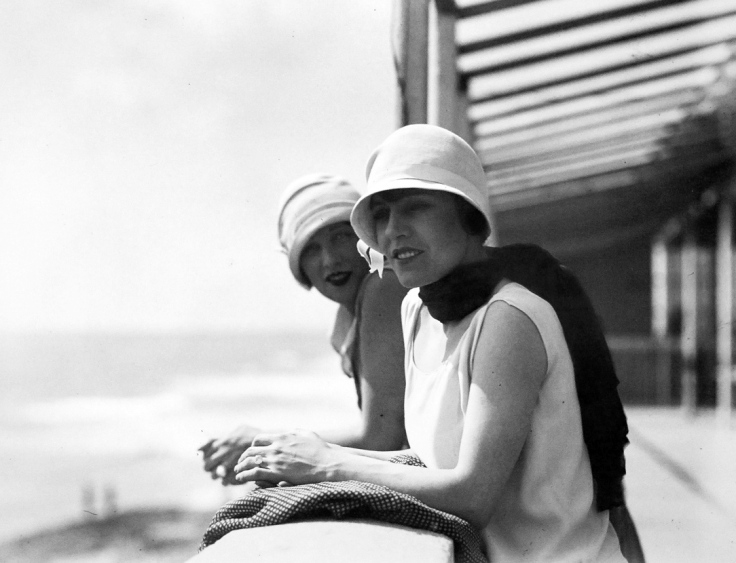


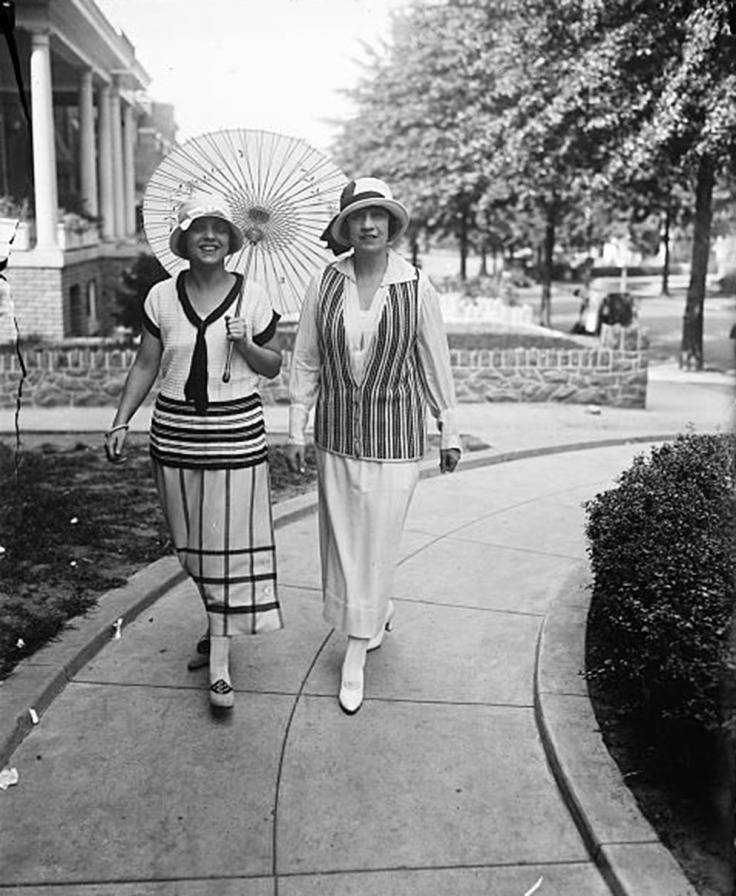



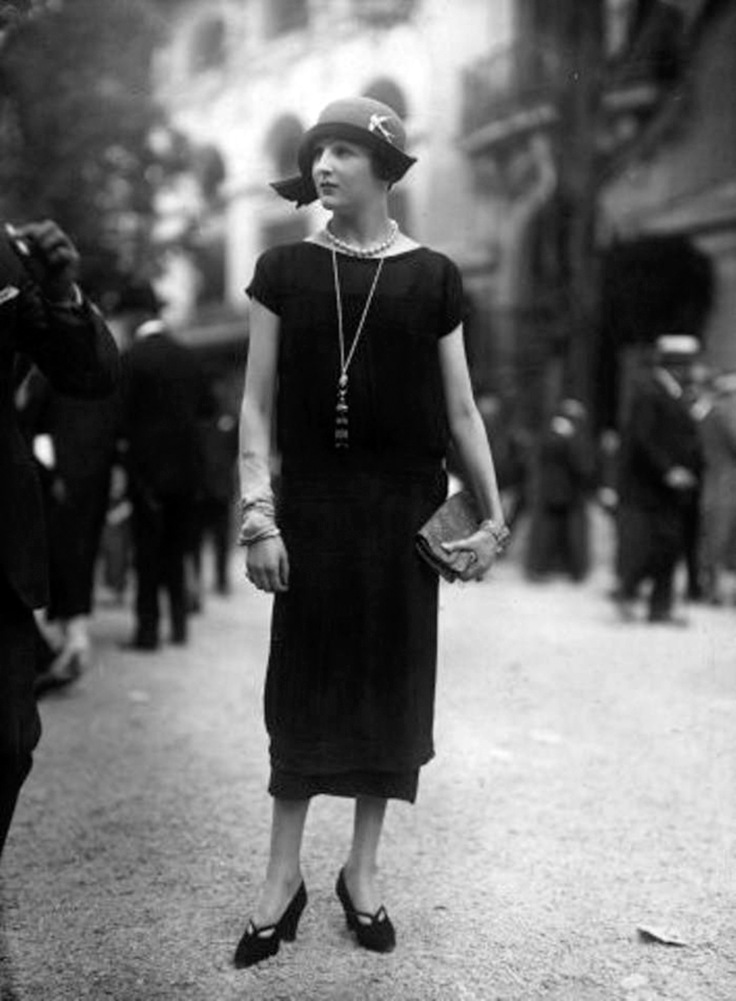



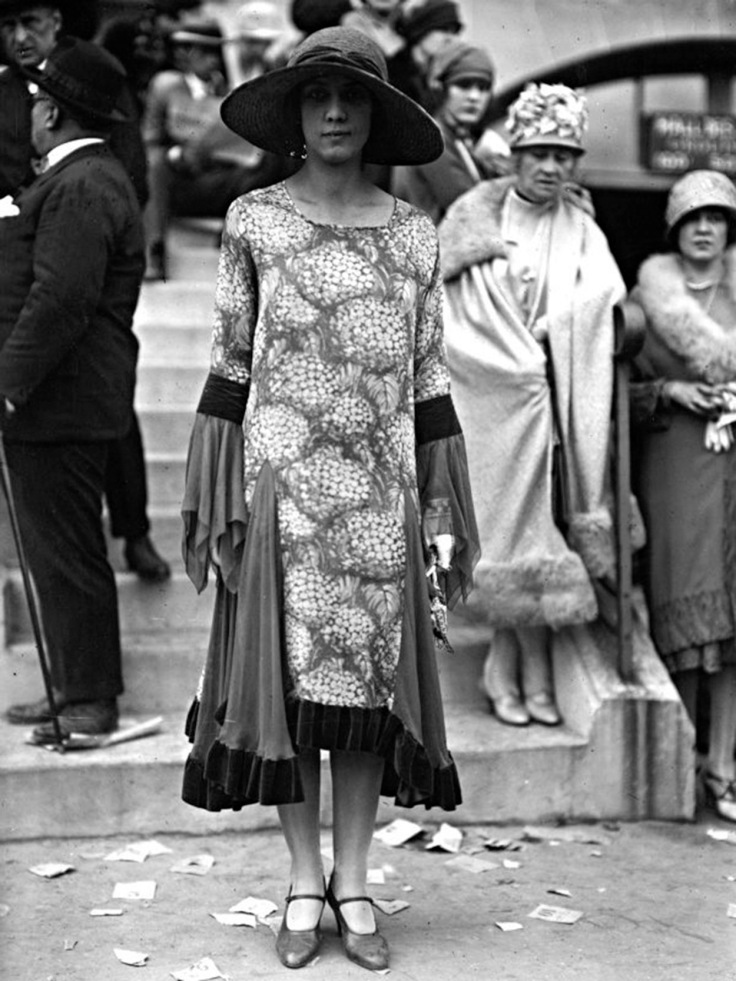


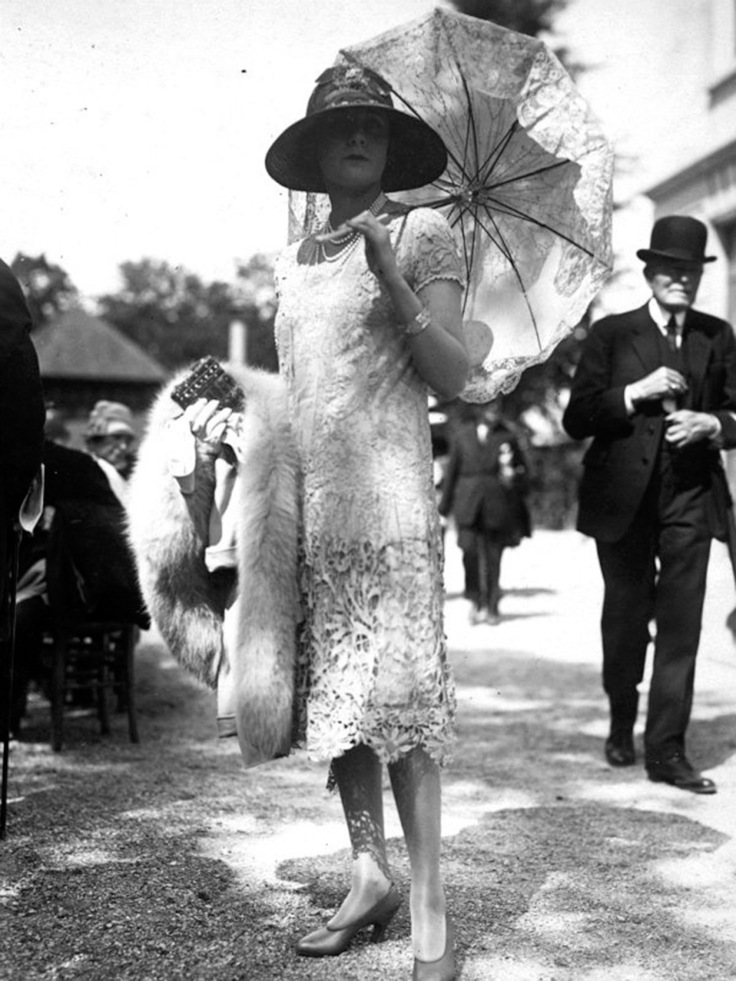



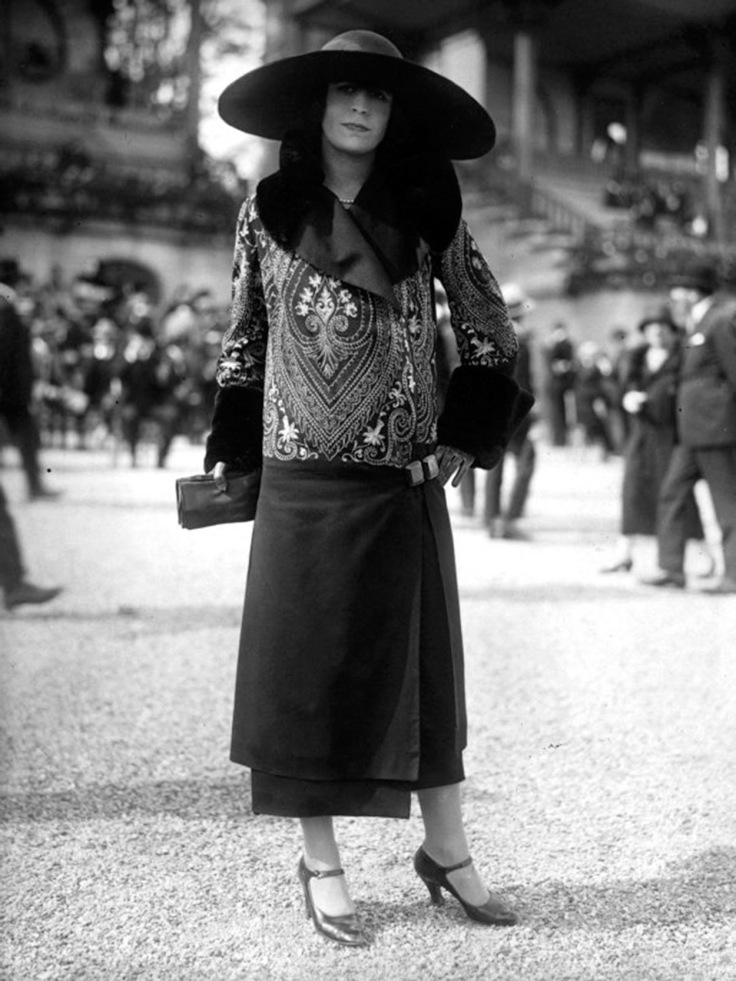

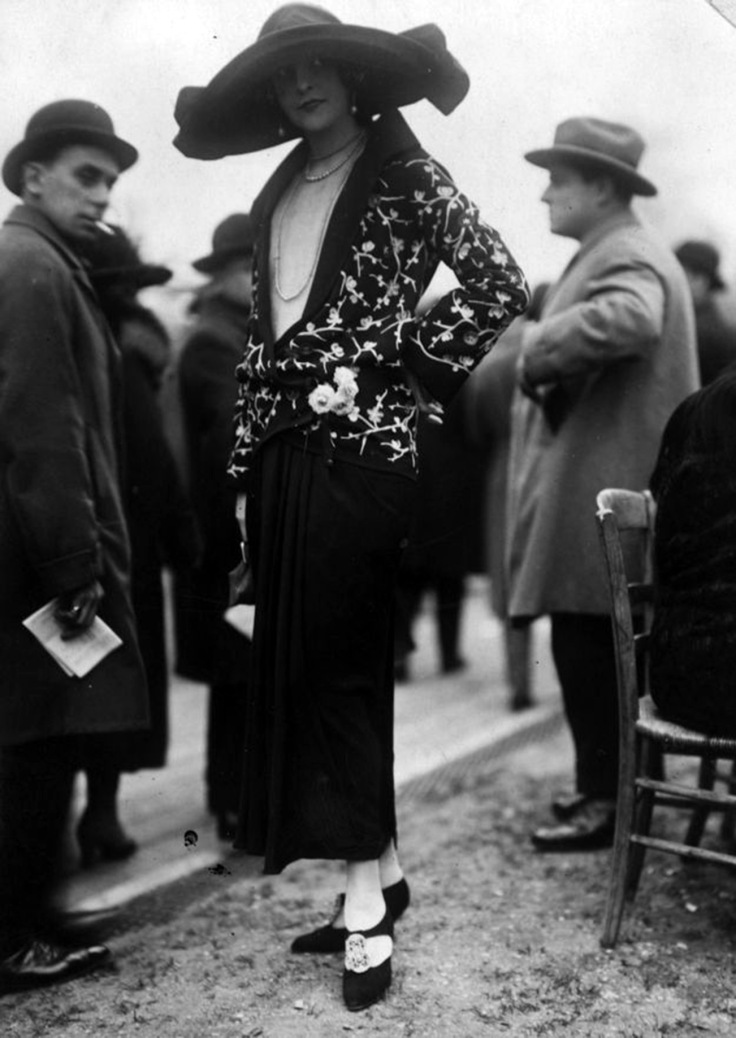

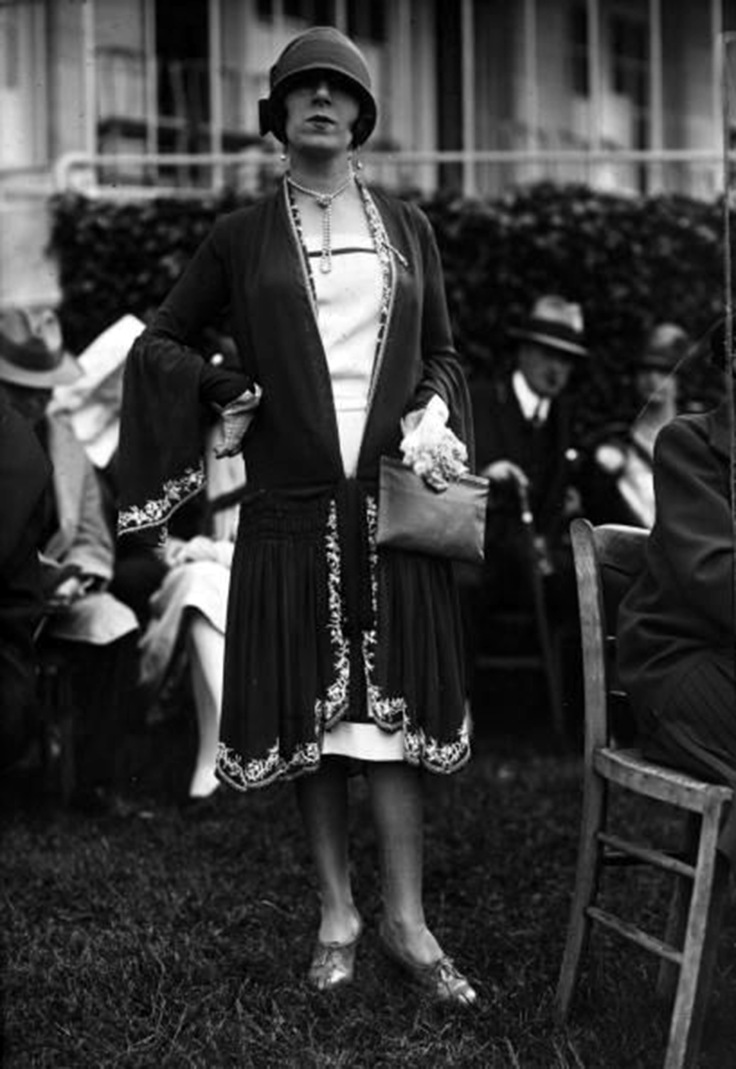



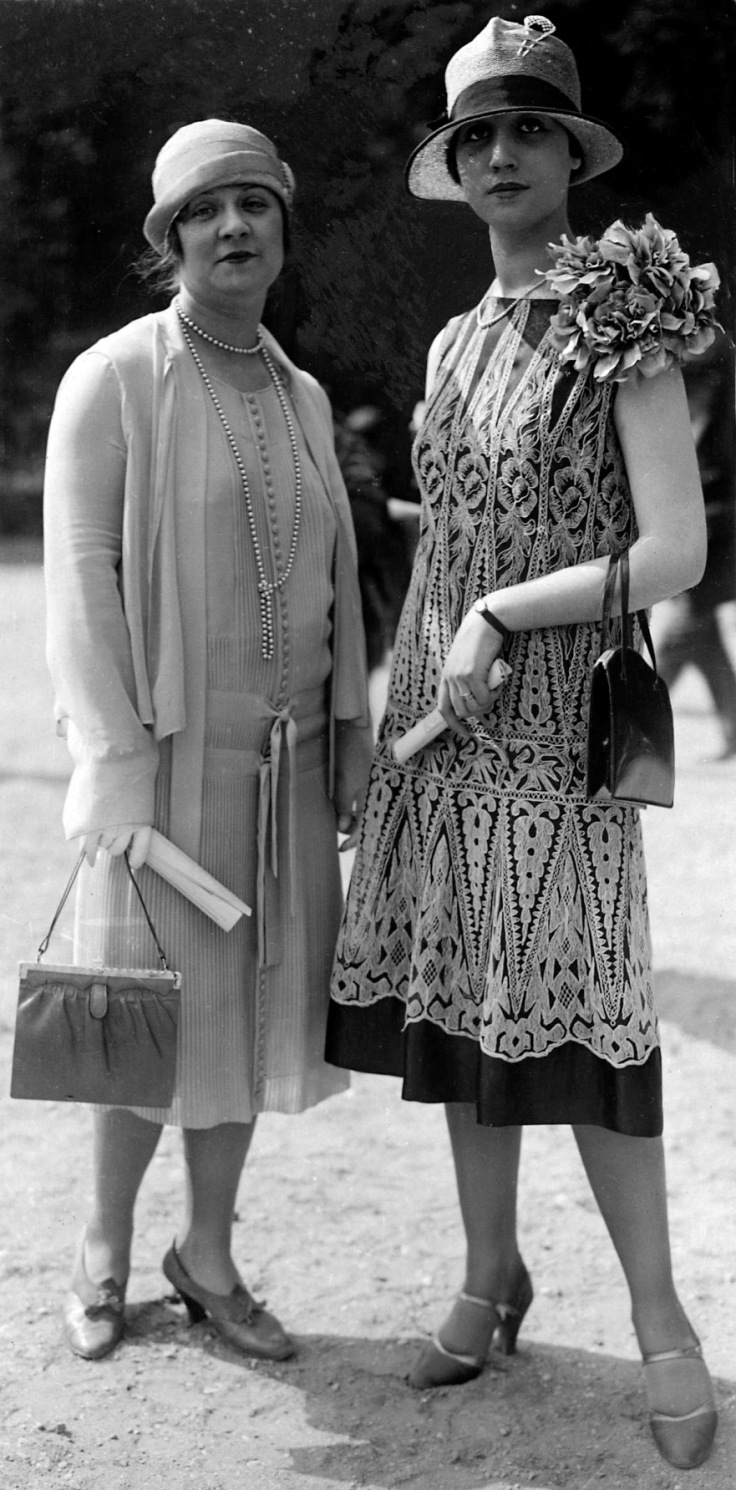






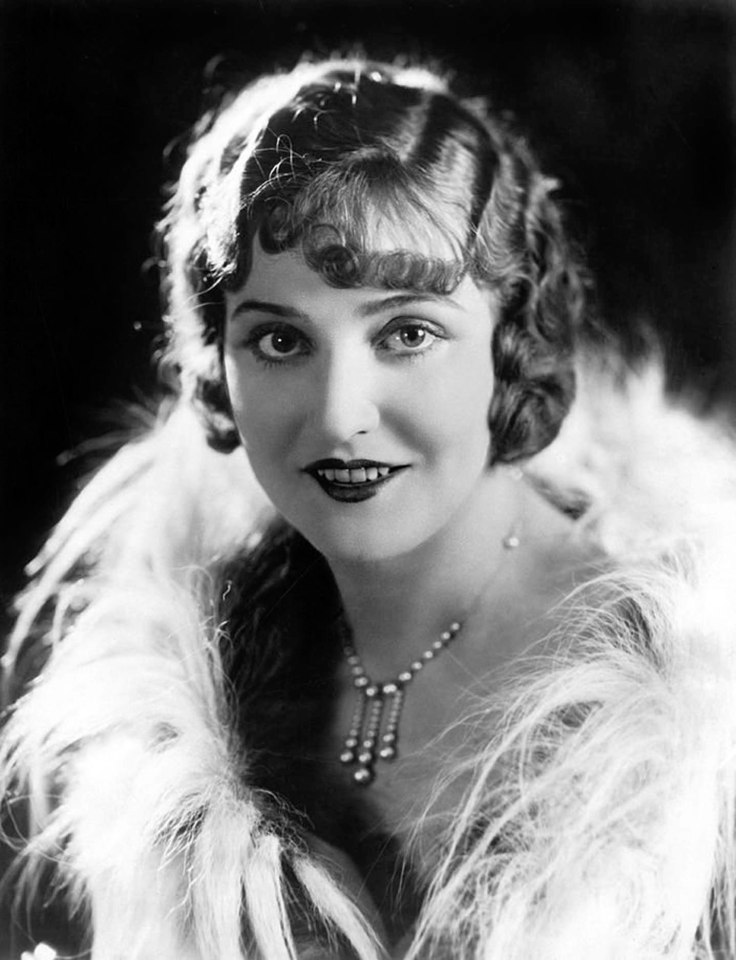

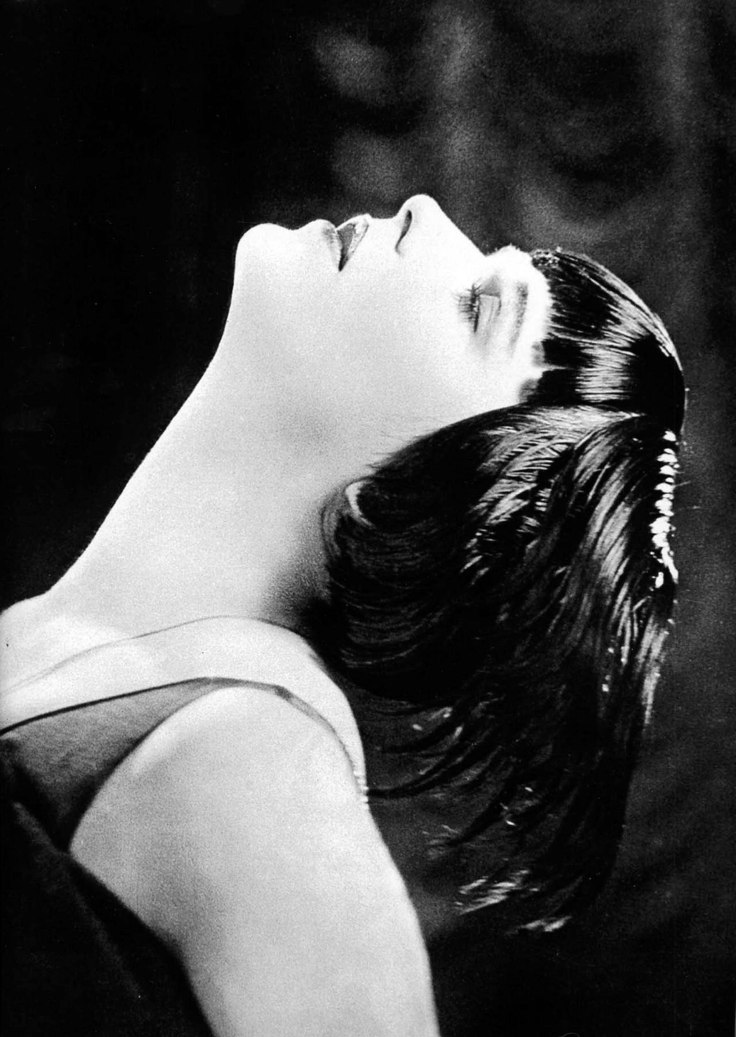


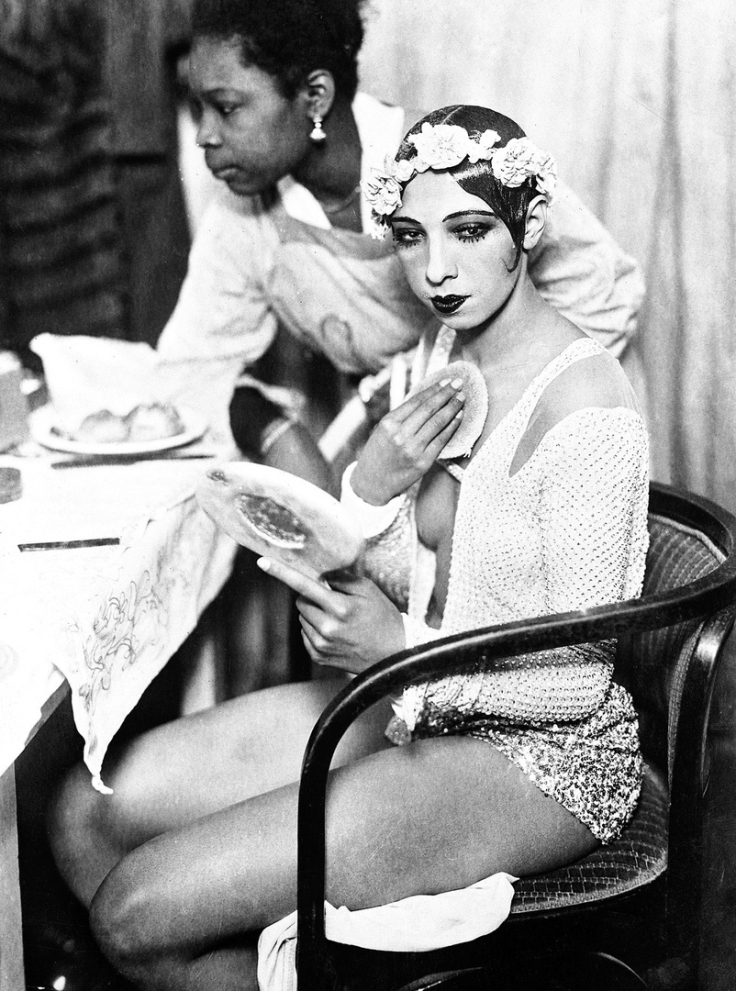

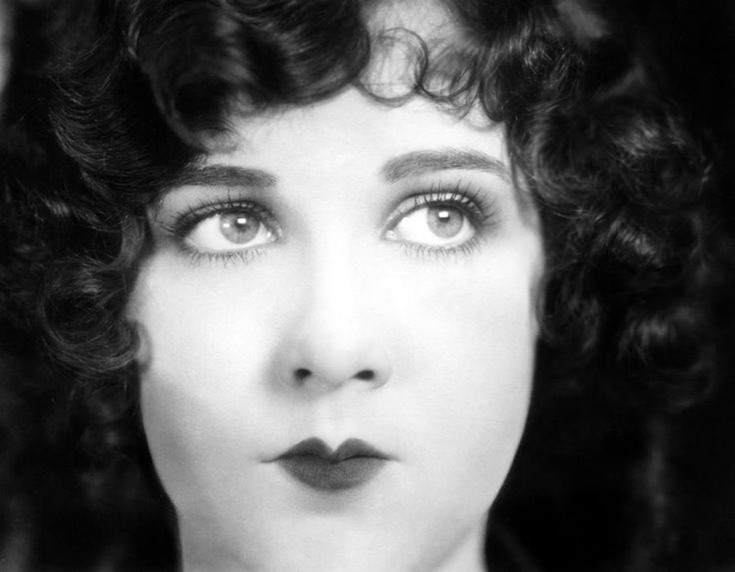

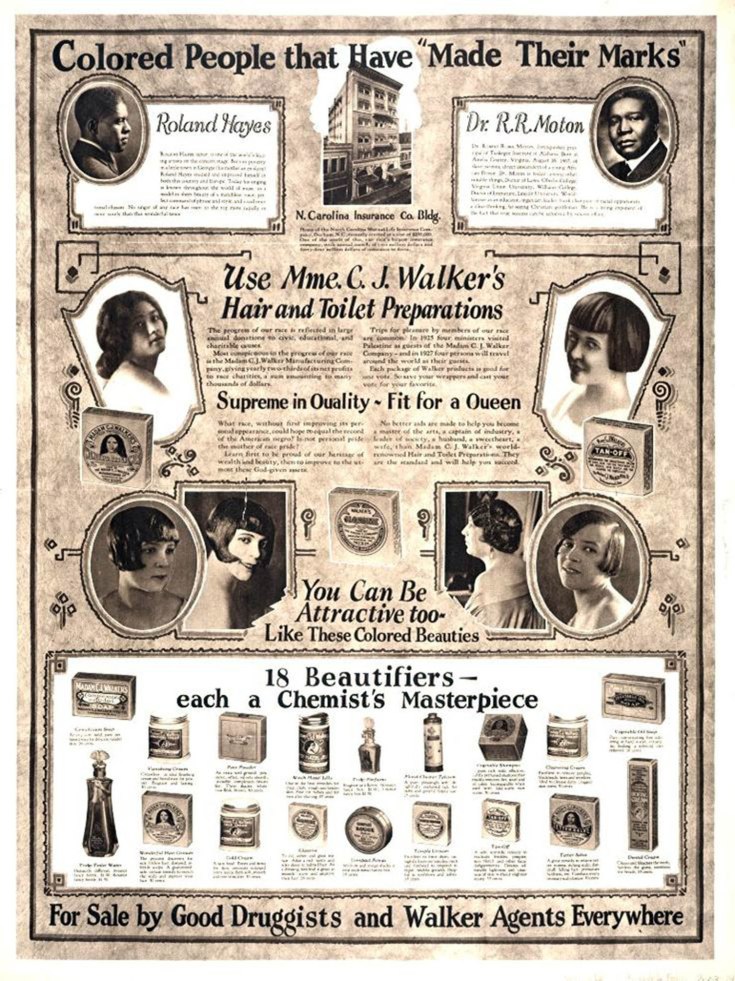

Recent Comments